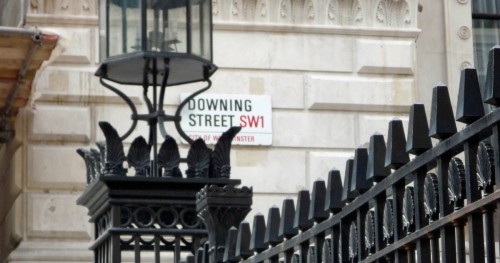Self-employed national insurance increase reversal: D-Day is January 31 2024

On the eve of his Mini-Budget on September 23rd 2022, chancellor Kwasi Kwarteng announced that the 1.25% points increase in National Insurance (NI) was to be reversed – in other words scrapped, from November this year, writes chartered accountant Graham Jenner of accounting firm Jenner & Co.
One chancellor undoing what another chancellor put in place
Higher National Insurance Contributions for the self-employed and other taxpayers (including employers), were introduced in April 2022 under the then-chancellor Rishi Sunak, with the aim of helping the NHS recover from the coronavirus pandemic.
The NICs increase was always going to be a temporary measure for the 2022/23 tax year, ahead of it being replaced by the ‘Health Social Care Levy’ from April 2023. But this is also now being scrapped by Mr Kwarteng, although the chancellor said the additional funding for social care will be maintained at the same level, paid for through general taxation.
Will self-employed National Insurance Contributions fall due to the reversal?
Unlike the employed, who pay NI each week or month and have already seen their NICs increase since April this year (and now will see it go back down again from November this year), the self-employed pay their national insurance in tranches, along with their tax.
In January each year, the self-employed pay the balance of any tax due for the previous tax year.
This payment to HMRC follows a ‘payment on account’ payable by July 31st, which is the equivalent of half the tax and NI paid for the year before last.
D-day? It’s January 31st 2024
Remember, Mr Sunak’s National Insurance increase relates to the 2022/23 tax year. Payments on account for that year have been made already -- in January 2022 and July 2022. But these payments were based on 2021/22’s tax and NI due i.e. without the increase. The effect of the NI increase for self-employed sole traders will not be felt until January 31st 2024, then, when the balancing payment for 2022/23 is due.
Similarly, the scrapping of the increase (by Mr Kwarteng) impacts the 2022/23 tax year and so the effect of the reversal will not be felt until January 31st 2024, either.
How much national insurance the self-employed will pay
There is, therefore, simply a one-off increase in self-employed national insurance payments for 2022/23. As to how much freelancers and other self-employed people will pay, the NI rate applied for that year will be 9.73% (on profits between £11,909 and £50,270), equivalent to seven months at the higher rate of 10.25%, and then the remainder at the original rate of 9%.
Ultimately, the current chancellor’s reversal or scrapping will either reduce the amount of the balancing payment due on January 31st 2024, or result in a higher refund -- if the payments on account exceed the total due for the year.
No more health & social care levy = up to £628 year saving if you're self-employed
More importantly, perhaps, is the scrapping of the planned Health & Social Care Levy, which was likely to be a permanent measure or, at least, could continue for as long as policymakers wanted to impose it.
With a maximum saving to them of £628 a year (£50,270 x 1.25%), the scrapping of the Social Care Levy is likely to be welcomed by freelancers and other self-employed workers.
Now of course, you just need to work out what you are going to do with your extra £52 a month, to help Mr Kwarteng put the ‘Growth’ in his Growth Plan. For any other decisions related to the National Insurance Increase reversal or the removal of the levy, probably best you consult your accountant!



Comment
Log in or create your account to react to the article.